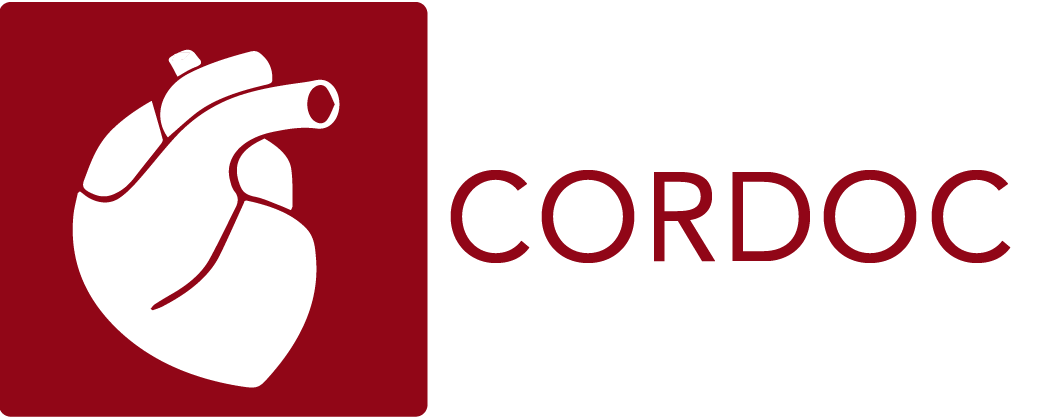An Implantable Cardioverter Defibrillator (ICD) is used to treat life threatening fast heart rhythms. It is often referred to as AICD (Automated Implantable Cardioverter Defibrillator) as well. In this video, Dr. Daniel Lustgarten from the University of Vermont discusses the indications as well as details of the implantation procedure. Patients who have been advised an ICD implantation should watch this video to understand an ICD better.
- ICD support group link: icdsupportgroup.org
- Do not confuse an ICD with a pacemaker. Although both look similar and are implanted in a similar procedure, a pacemaker treats slow heart rhythms only. On the other hand, an ICD treats slow as well as fast heart rhythms. So essentially, an ICD has a pacemaker built in.
- Depending on how many leads are used and the position of the leads in the heart chambers, an ICD can be of multiple types. If it involves both ventricles, it is called biventricular ICD (BiV-ICD). If the BiV-ICD is adjusted so that both the ventricles beat in synchrony, it is called Chronic Resynchronization Therapy (CRT-D).
- The device is often implanted by a cardiac electrophysiologist (commonly referred to as EP). A cardiac electrophysiologist is a cardiologist with advanced training in heart rhythm disorders.
- Based on your specific condition and prior research studies, the EP physician will decide on the most appropriate device for your specific condition. Most cardiologists often adhere to recommendations made by various cardiac societies. The American College of Cardiology (ACC) and the Heart Rhythm Society (HRS) is responsible for compiling these guidelines in the US. In Europe, the European Society of Cardiology (ESC) compiles these guidelines.
Additional recommended references regarding ICD:
- ICD patient information from heart.org
- ICD animation from heart.org
- ICD patient information from Mayo Clinic
- ICD patient information from National Heart, Lung and Blood Institute
In-depth Discussion About Pacemaker and ICDs for Patients:
This presentation was given by Dr. Kneller on February 20, 2014 in Richland Washington, to a live audience of approximately 300 senior citizens, who meet weekly to listen to presentations made by a wide variety of health care professionals covering numerous topics pertinent to health and well-being, as part of the “Healthy Ages” series hosted by the Kadlec Regional Medical Center. This is the correct link to Dr. Kneller’s website – www.jamesknellermd.com

